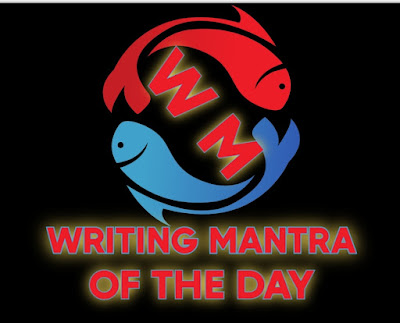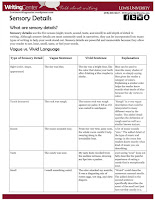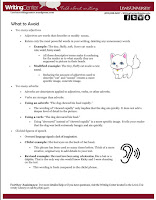A Quick Note on the Elements of Crime Writing for Novice Writers
by Ryker J. Phoenix
What is Crime Writing?
Crime fiction, detective story, murder mystery, mystery novel, and police novel are terms used to describe narratives that centre on criminal acts and especially on the investigation, either by an amateur or a professional detective, of a crime, often a murder.
There is no one formula for writing crime fiction, but there are a few things you can do to increase your chances of success. First, make sure your plot is well-constructed and suspenseful. Second, create believable and interesting characters. Third, use strong dialogue and vivid description. And fourth, make sure your pacing is right. Crime fiction can be a very exciting genre to write, but it also requires a lot of hard work and attention to detail.
Crime fiction focus on transgressions against established order and the specific breaking of either national, social, religious or moral laws. The focus must be on ‘Elements’ and writers need to consider the elements that is needed in a crime story.
Here are some elements and things the crime writer should consider when writing crime fiction:
- the type of the crime text itself, whether it is detective fiction, a post-modern novel, a revenge tragedy, an account of a life lost to crime
- the settings that are created as backdrops for criminal action and for the pursuit of the perpetrators of crime: both places and times will be significant here
- the nature of the crimes and the criminals, the criminals’ motives and actions
- the inclusion of violence, murder, theft, betrayal
- the detection of the criminal and the investigation that leads to his or her capture or punishment
- how far there is a moral purpose and restoration of order
- guilt and remorse, confession and the desire for forgiveness
- the creation of the criminal and their nemesis, the typical detective hero
- the sense that there will be a resolution and the criminal will be punished
- the victims of crime and the inclusion of suffering
- the central motifs of love, money, danger and death
- punishment, justice, retribution, injustice, accusation, the legal system, criminal trials and courtroom dramas, imprisonment, death
- the structural patterning of the text as it moves through a series of crises to some sense of order
- the specific focus on plotting
- the way that language is used in the world that is created; there may be use of a criminal register, legal register, police register
- the way that crime writing is used to comment on society, particularly the representation of society at particular historical periods
- ultimately, how crime stories affect audiences and readers, creating suspense, repugnance, excitement and relief.
Want to learn more about writing crime fiction?
Crime Writers' Week 2023
Discover the secrets for writing, editing, and publishing a crime novel at this free online summit.
April 24 - April 27
Ready to transform your crime writing? Join ProWritingAid for this FREE online event, featuring live writing workshops, interviews with bestselling authors like Sophie Hannah, and 20 sessions from editors and experts in crime writing.
Can't make it live? A free replay is available after the event.
Also see:
- How to Write Crime Fiction: A Beginner’s Guide
- How to Write a Mystery or Crime Novel: 8 Tips for Writing Crime Fiction
- The Oxford Companion to Crime and Mystery Writing
- The Crime Writer's Reference Guide: 1001 Tips for Writing the Perfect Murder









